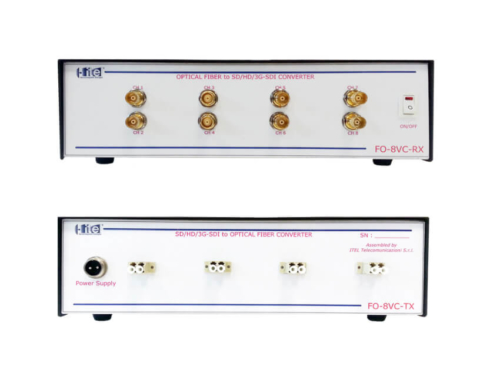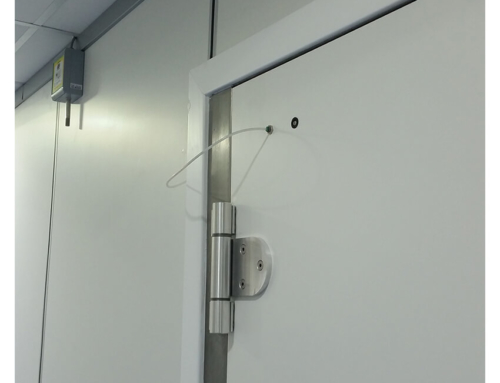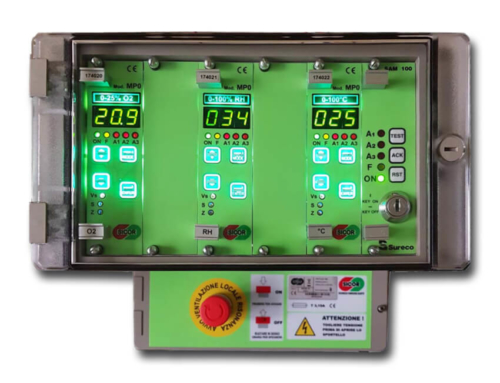Ferromagnetic detection systems
Magnetic resonance rooms contain a magnet that generates an extremely high magnetic field. For this reason, it is forbidden to introduce objects made partially or totally of ferromagnetic elements into the MRI rooms.
To identify any ferromagnetic objects, a portable or portal-mounted metal detector is used at the entrance of the MRI room.

Manual Metal Detector
The manual metal detector combines features of high ergonomics and reliability with advanced detection and warning functions for the operator.

Manual Metal Detector PLUS
The manual metal detector PLUS combines features of high ergonomics and reliability with advanced detection and warning functions for the operator.

Single column metal detector
The single column metal detector is mounted on the wall.

Walk through Metal Detector
The walk through metal detector is mounted on the wall or on the door frame to access the MRI room.






